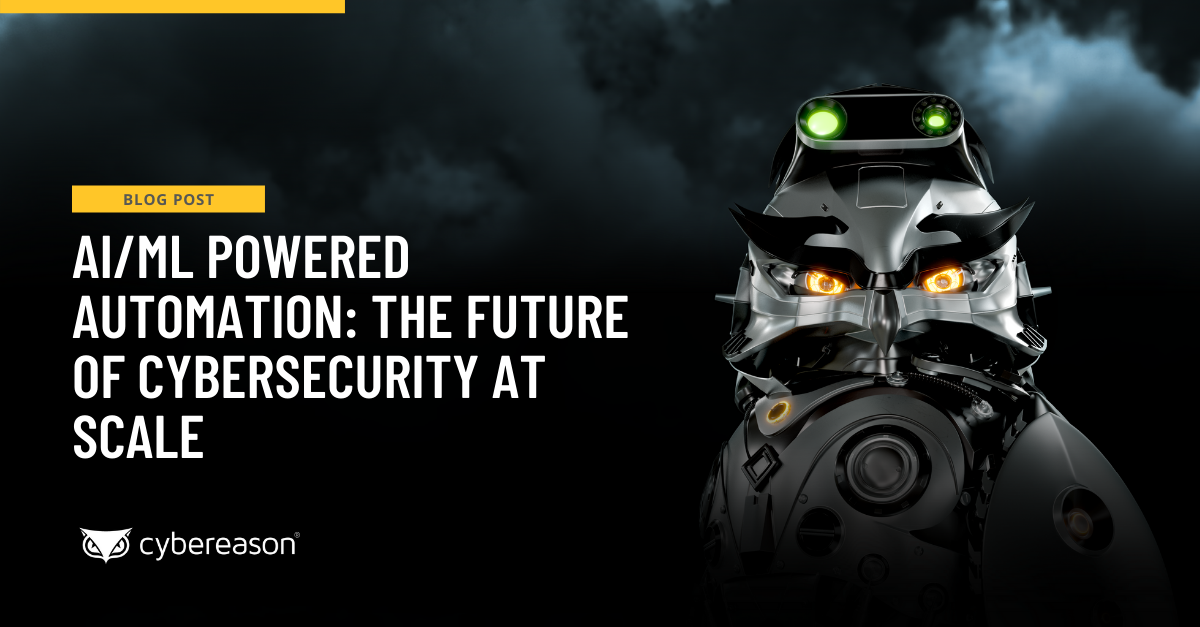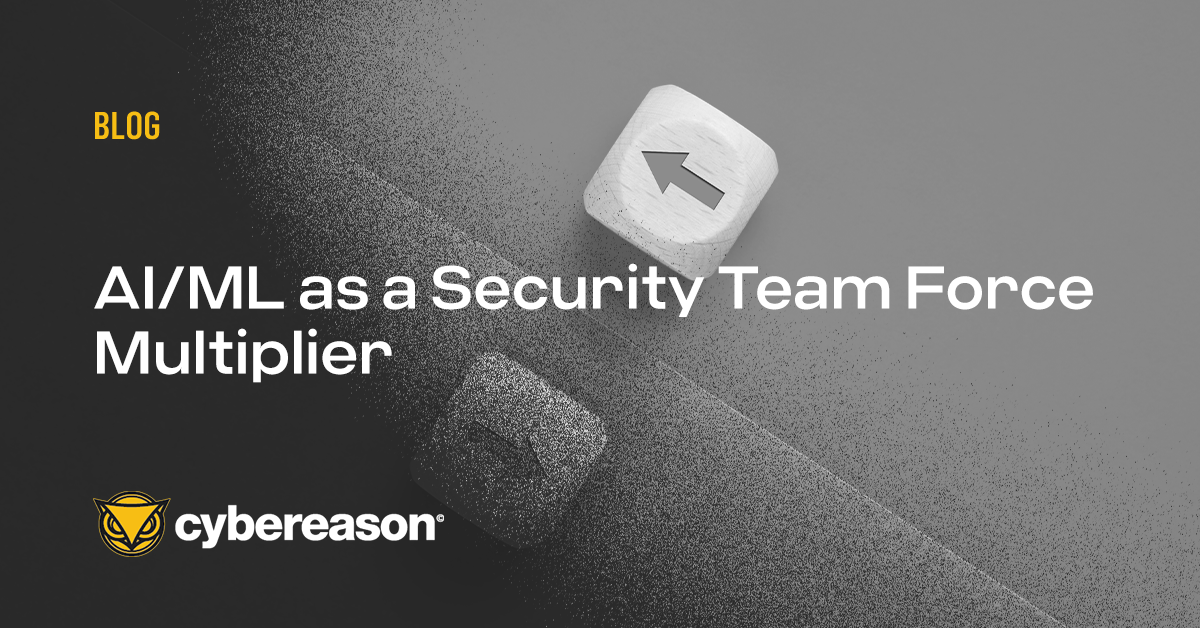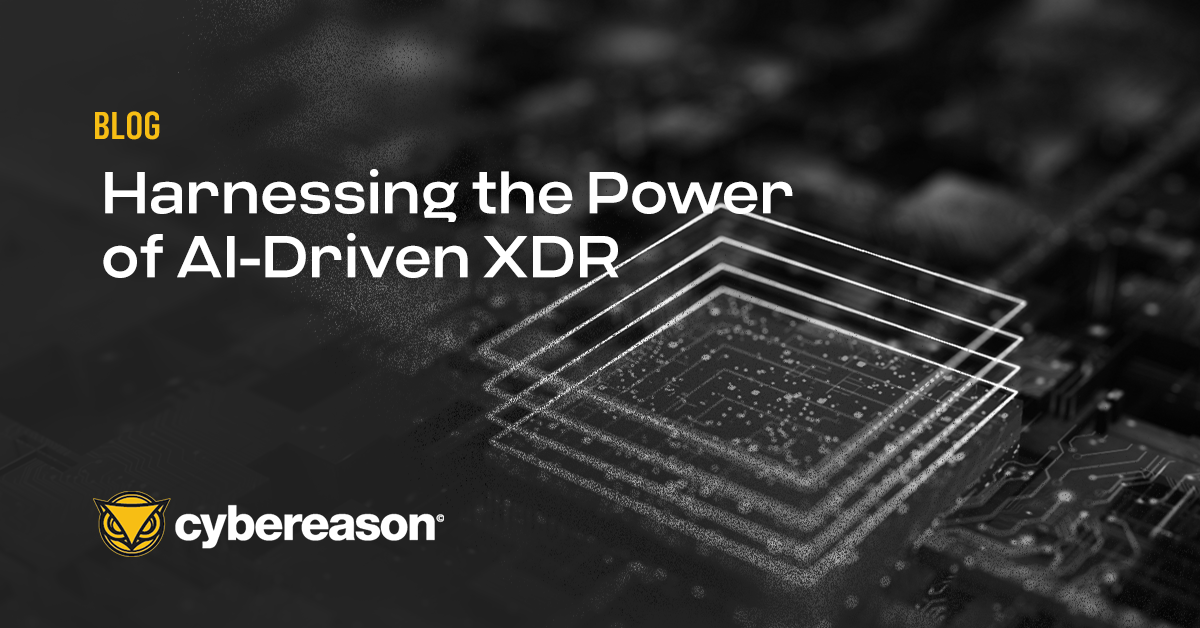Security teams are strapped, and nowhere is the problem more apparent than in small businesses. Amid an ongoing cyber talent crisis, organizations are looking for a way to do more with less. Several years ago, you would have just hired more talent to manage more solutions that do more things.
Today, savvy organizations are leveraging Artificial Intelligence (AI) and Machine Learning (ML) to do more and do it smarter. Not only does AI/ML work as a force multiplier for smaller security teams, it gives SMBs a fighting chance against the newest strains of ransomware and puts them on almost equal security footing with larger organizations.
What is AI/ML?
“Artificial Intelligence (AI) is rapidly transforming our world,” asserts NIST. From a “brain-controlled robotic arm” to “everything from commerce and healthcare to transportation and cybersecurity,” AI is revolutionizing our approach to the speed and efficiency with which we do everything. And, as AI’s usefulness is applied to cyber safety, we see capabilities for threat monitoring, detection and response we never thought possible.
A subset of applicable AI is called machine learning, which IBM defines as " a branch of artificial intelligence (AI) and computer science which focuses on the use of data and algorithms to imitate the way that humans learn.” This combination allows for gradually improved accuracy until ML tooling can perform at near-human levels with the benefit of being able to scale well beyond human limitations.
“Already one of the most versatile technologies of the past decade,” Gartner predicts it “will gain even more traction in a digital business.” As all businesses are going digital in the wake of the Fourth Industrial Revolution, we will see AI/ML continue to play an even larger role.
As traditional tasks – in operations, IT and security – are offloaded to automated solutions, people will be freed up to do the tasks only humans can do – critical analysis, business-driven decisions and the administration of security policies (in other words, the value-producing tasks you hired your cybersecurity experts for in the first place).
Security Teams are Strapped
Not only do security teams face trouble finding and hiring sufficient talent, but compounding the issue is the fact that now there are more threats, alerts, and seams in the network for attackers to hide than ever. Security teams are simply overwhelmed, and SMBs struggle even harder to keep up.
They often can’t afford the same enterprise security tools as the big guys, nor the expensive cyber talent. Their limited security resources, including people, are spread thin beneath a barrage of alerts, false positives, and most importantly actual security incidents. With one security event occurring every 39 seconds on average, many companies fight to prioritize, investigate and respond. Security automation can prioritize action items, allowing your teams to pursue the threats that really matter.
Additionally, the landscape we’re dealing with now is different, and those myriad threats now have new and largely unfamiliar niches in which to hide. Over 60% of businesses migrated to a cloud model in 2020 alone, complicating security needs beyond the remedy of traditional security solutions.
Add to that the fact that ransomware attacks showed a 62% increase year-over-year in the first half of 2021, and the facts add up to the perfect storm for SMBs: not enough talent, not enough time, and too many alerts. A solution is needed that can take the load off and give the teams we have a chance to win against the security challenges they face. That’s where AI/ML comes in.
Finding the Right AI/ML-Driven Security Solution
AI/ML can contribute to security automation that prioritizes alerts, diminishes the noise, and allows your teams to focus on investigating only the threats that really matter, but “Not all artificial intelligence and machine learning strategies are created equal, but they are becoming critical for differentiation and sometimes survival,” states Gartner.
AI/ML has already moved the needle with regard to inference techniques by detecting the presence of malware before it can execute on the system. As malware continues to evolve, this capability has “rendered this one of the most successful applications of deep learning and AI in cybersecurity.”
Using techniques such as behavioral analytics that leverage Indicators of Behavior (IOBs) offer a more in-depth perspective on how attackers actually conduct their campaigns. This operation-centric approach is far superior at detecting attacks earlier--especially highly targeted attacks employing never before seen tools and tactics that cannot be identified when relying on known Indicators of Compromise (IOCs) like malware signatures and IP addresses.
Finding one component of an attack via behavioral signals provides Defenders with the opportunity to see the entire operation from root cause across every impacted user and device. But even the most skilled human analysts are incapable of quickly and efficiently querying all available telemetry in real-time to uncover meaningful attack indicators.
This is where AI/ML is critical to automatically analyzing telemetry and correlating it at a rate of millions of events per second. Instead of manually querying data, analysts can spend more time acting on the insights produced by AI/ML across disparate assets on the network.
An AI/ML-based solution can more efficiently and effectively identify potentially malicious chains of behavior, never before seen malware strains, complex ransomware attack sequences and other advanced threats. These capabilities allow security teams to swiftly remediate both known and unknown threats regardless of where they’re occurring in an organizations' environment.
Smaller organizations can now reap the benefits of an AI/ML-driven Extended Detection and Response (XDR) solution. AI/ML-powered XDR extends continuous threat detection and monitoring, along with automated response beyond endpoints, to provide deeply contextual correlations with telemetry from applications, identity and access tools, containerized cloud workloads, and more.
What’s more, AI/ML can enable security teams to cut through the noise produced by a constant flood of threat alerts, allowing security professionals to spend less time sifting through alerts and chasing false positives and more time working to improve the organization's overall security posture.
AI/ML technologies excel at analyzing large-scale data sets with a high degree of accuracy to identify suspicious events at a speed and volume that manual human analysis can never match. The advantage here is in automating the detection of events that previously required human analysis and relieving security teams of the tedious task of sorting the signal from the noise.
Finding one component of an attack via chains of potentially malicious behavior allows defenders to see the entire operation from the root cause across every impacted user, device, and application. This is where AI/ML-driven XDR is essential to automatically correlate data at a rate of millions of events per second versus analysts manually querying data to validate individual alerts over several hours or even days.
The application of AI/ML is not a silver bullet, and for the foreseeable future, there will undoubtedly need to be a blend of humans and AI-driven solutions working together. Nonetheless, AI/ML will enhance the efficiency of every member of the security team and amplify the efficacy of the entire security stack.
Cybereason is dedicated to teaming with defenders to end attacks on the endpoint, across the enterprise, to everywhere the battle is taking place. Learn more about Cybereason AI-driven XDR here or schedule a demo today to learn how your organization can benefit from an operation-centric approach to security.





